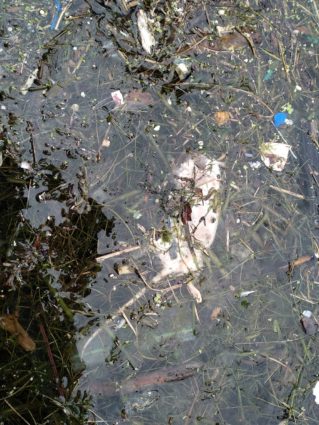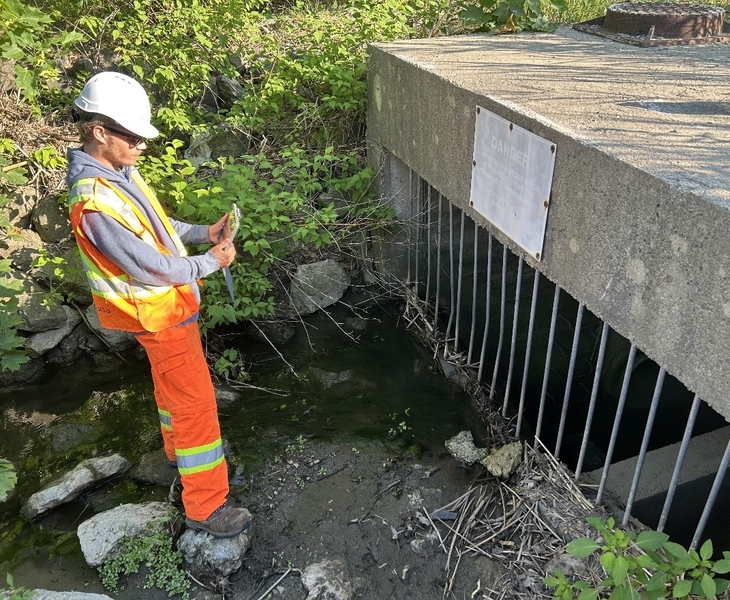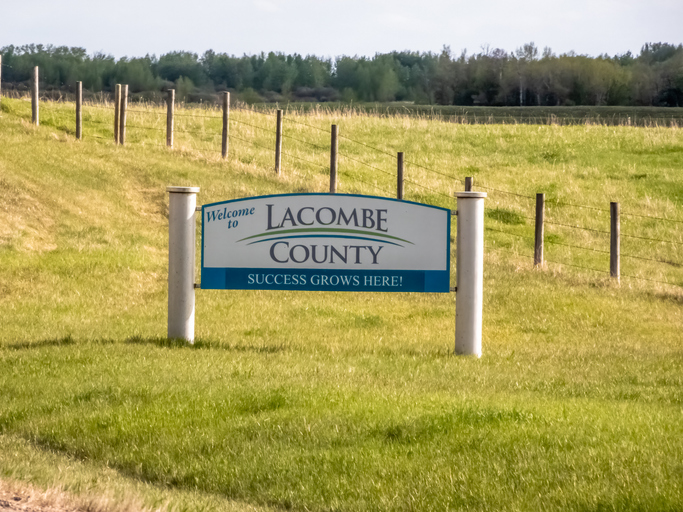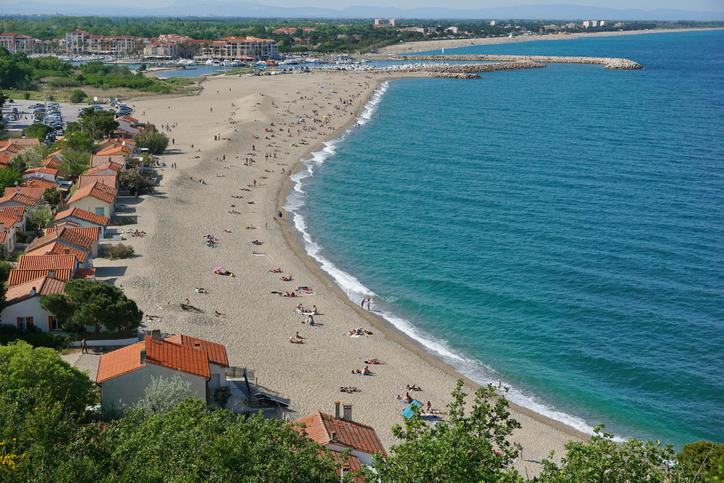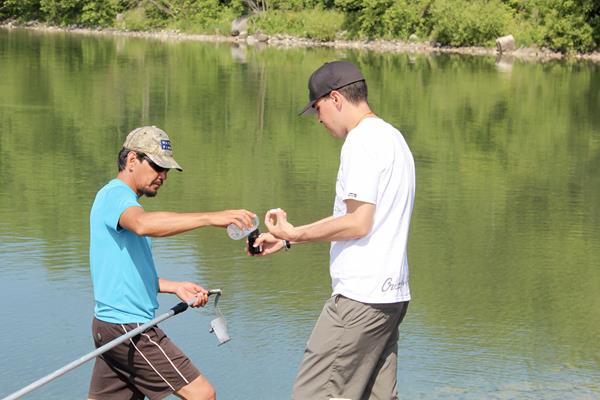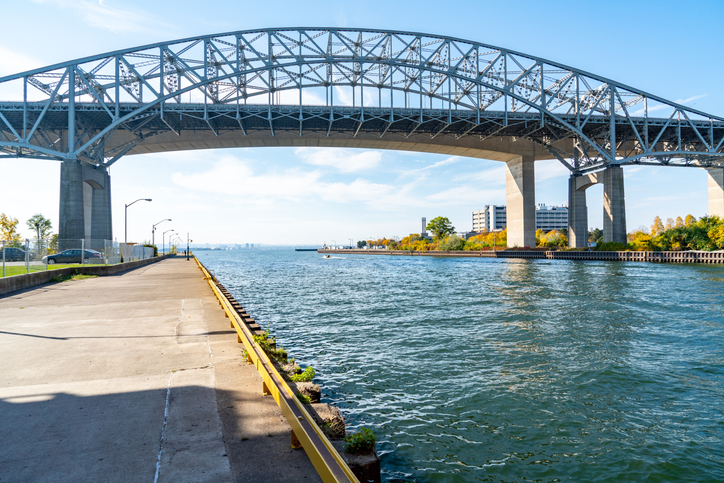Lake Ontario Waterkeeper (LOW), a Swim Drink Fish Initiative, has released findings from its Toronto Harbour Monitoring Program.
After testing water quality for four months, the organization described finding “a disturbing amount of sewage” in Toronto’s Inner Harbour the result of combined sewer outfalls. During the summer of 2018, Waterkeeper staff and volunteers documented a consistent pattern of high levels of E. coli and sewage debris in several locations in the Toronto Harbour.

“More people are using the water than ever before. Torontonians need their lake to be swimmable, drinkable, fishable—not just in a few special places but across the entire waterfront. Our recommendations are intended to help the City of Toronto restore the Harbour and protect public health,” said Mark Mattson, president and waterkeeper, Swim Drink Fish.
Issues encountered at nine sites sampled by volunteers, they found 100 E. coli / 100 milliliter standard failed 44 per cent of the time, with one specific site failing 100 per cent of the time. As well, over 900 items of sewage debris, or floatables, were documented (e.g., condoms, tampons, tampon applicators, feminine pads, wet wipes and more). Swim Drink Fish also documented 36 syringes floating in the water near combined sewer outfalls.

In its report, the organization provided five high-level recommendations that the City of Toronto take action on to better the water quality and public health, with respect to the Inner Harbour.
- Place signs at teach combined sewer outlet on the waterfront;
- Monitor flows from combiner sewer outlets located near recreational use areas on the waterfront;
- inform the public in real time when those combined sewer outlets are flowing;
- clean up sewage debris immediately after a sewer overflow event; and,
- fund water quality monitoring in recreational use areas near combined sewer outlets.
More information and the complete report can be found on Lake Ontario Waterkeeper’s website.

